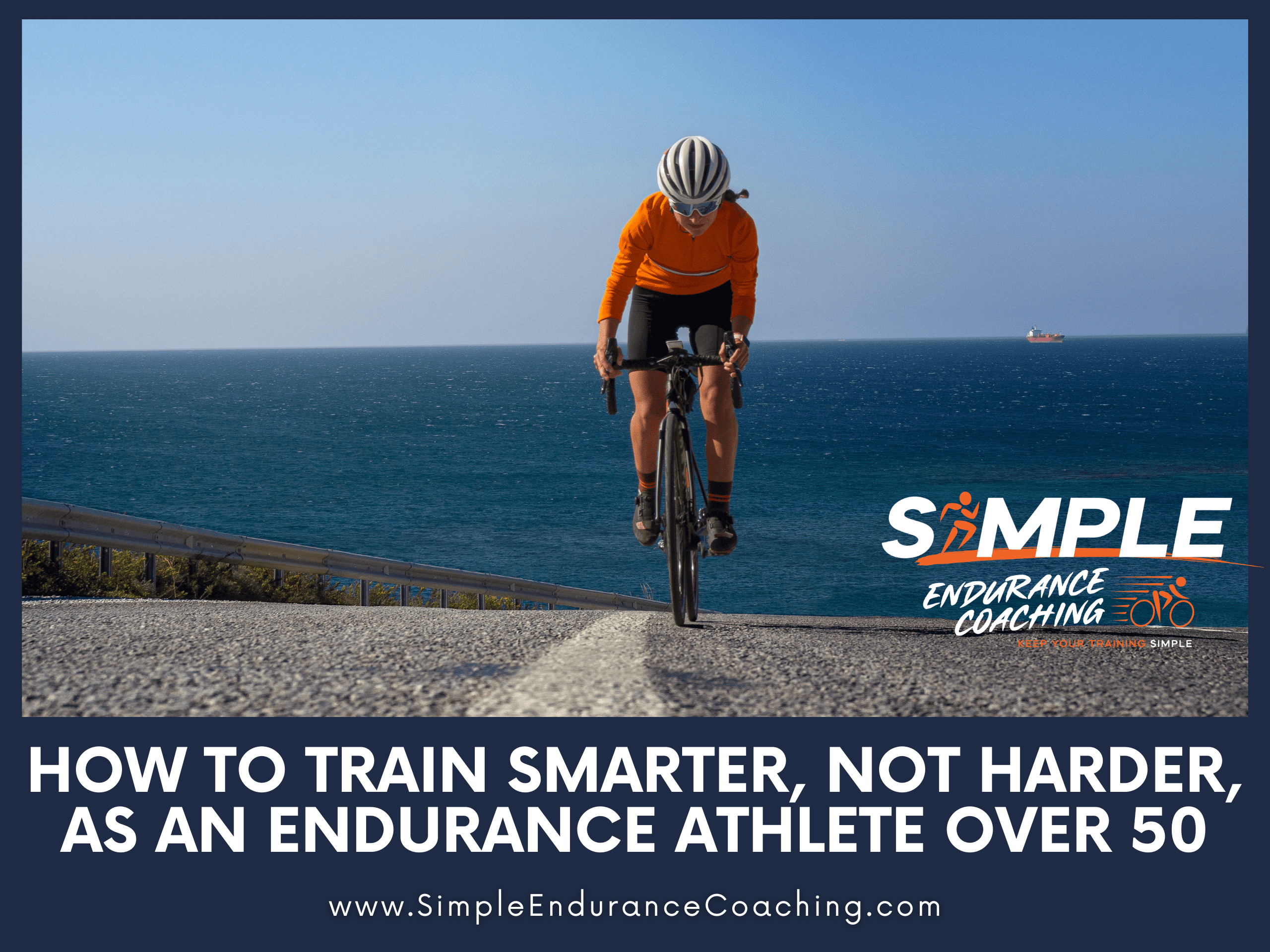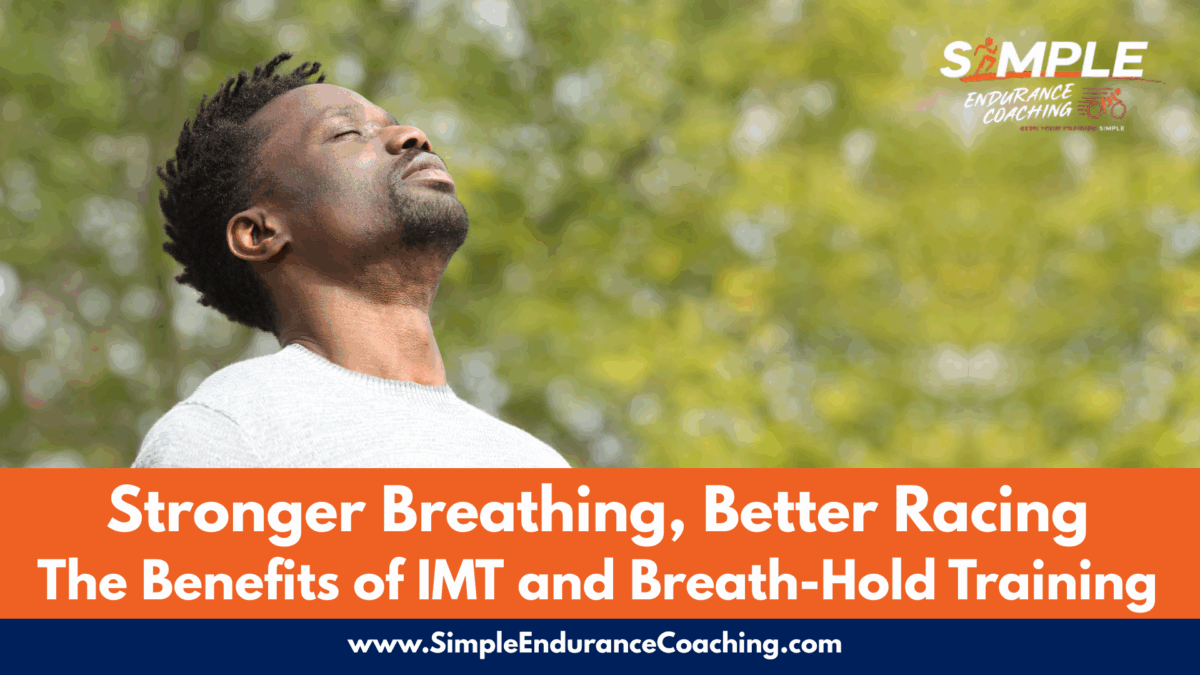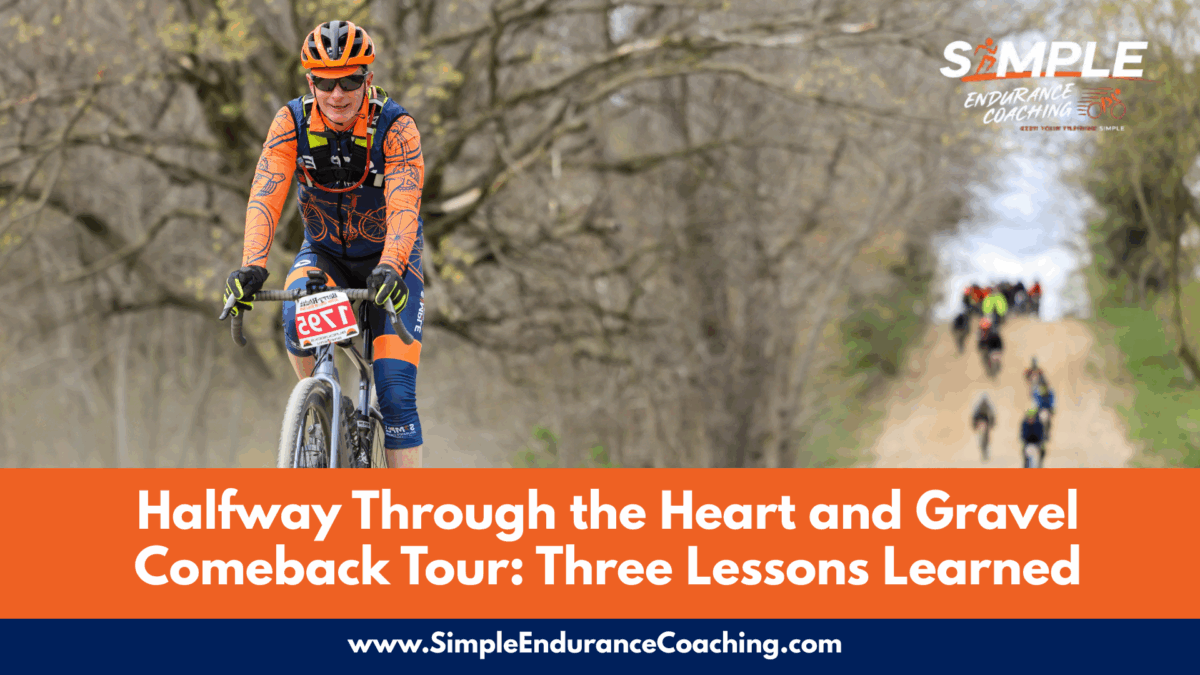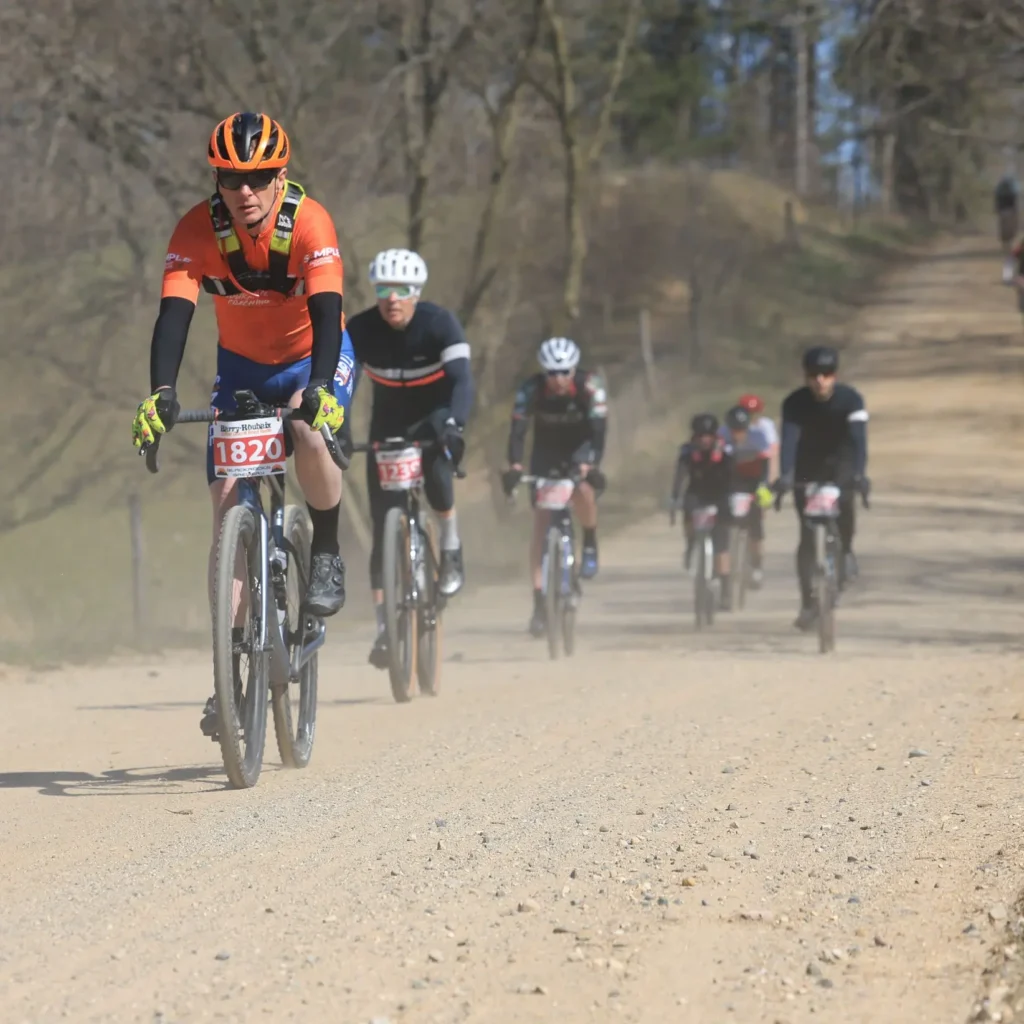Five Ways to Train Smarter, Not Harder, as an Endurance Athlete Over 50
As we age, we start realizing our bodies can’t do what they did in our 20s, but we are better at other things.
We can’t continue to push ourselves to the limit with every workout or every week.
As athletes age, this approach can become increasingly challenging and counterproductive.
For endurance athletes over 50, the key to success lies not in pushing our bodies to the limit, but in training smarter, not harder.

1. Endurance athletes over 50 need to train smarter with volume, intensity
Volume is still the critical element of endurance training, especially if you’re training for longer trail running events or long gravel races on the bike.
The more volume, the more fitness.
But you can create more efficient endurance training by adding in some high-intensity interval training (HIIT).
For example, you can HIIT workouts twice a week by doing some 30/30s (30 seconds on, 30 seconds off) for up to 10 minutes.
You can also add in some tempo intervals at a pace slightly higher than your endurance pace.
The key is to balance intensity and recovery since HIIT workouts can be so taxing on our bodies.
2. Optimizing Recovery and Nutrition
Recovery is paramount for endurance athletes over 50, as our bodies take longer to repair and rebuild after workouts.
Prioritize adequate sleep, aiming for at least 7 to 8 hours per night.
Nutrition plays an equally important role.
Consume a balanced diet rich in whole grains, fruits, vegetables, and lean protein to fuel your workouts and promote recovery.
Plus you can optimize your workouts after 50 by timing your nutrition before, during, and after your workouts.
3. Prioritizing Strength Training
Strength training is often overlooked by endurance athletes, but it is crucial for maintaining muscle mass, bone density, and overall athleticism, especially as we age.
Strong muscles improve running economy, reduce the risk of injuries, and enhance overall performance. Incorporate a combination of bodyweight exercises, free weights, and resistance bands into your routine to strengthen major muscle groups.
Smart training for older athletes means getting in the gym or doing bodyweight strength training two to three times a week during the base season.
Older everyday athletes should maintain their strength training once a week during the race season.
While bodyweight exercises can make up much of your training, it’s beneficial to lift heavy weights with deadlifts, in particular.
I find that heavy deadlifts for runners and cyclists can help build needed strength in glutes and back muscles.
4. Listening to Your Body and Adapting Your Training
As we age, it becomes increasingly important to pay attention to the body’s signals.
Don’t ignore aches, pains, or signs of fatigue.
These are often indicators that you need to modify your training or take a rest day.
Overtraining can lead to injuries and setbacks, so be mindful of your body’s limits.
I use HRV4Training as a tool to monitor my training since it measures all life stress, not just from training.
Optimizing your workouts means quality recovery and sleep to make sure you give your body time to rebuild and get stronger.
This is a part of training smarter!
If we bulldoze our way through workouts when we’re tired, we are more likely to get injured or overtrained.
This is where a coach or trusted athletic trainer can come in handy.
5. Embracing Cross-Training and Alternative Activities
Incorporate cross-training activities like swimming, cycling, or yoga into your routine to reduce overuse injuries and maintain a well-rounded fitness level.
Low-impact activities like yoga and swimming can help improve flexibility, balance, and overall strength.
I became a yoga instructor at 52 because I didn’t see a lot of similarly awkward men teaching yoga.
Yoga provides strength, recovery, mindfulness, and breathing practices that help make for healthier joints and muscles.
Yoga and similar movement practices like Tai Chi make for efficient endurance training because we move in different ways than we do running or riding.
Training smarter, not harder, is the key to success for endurance athletes over 50.
By embracing volume and intensity, optimizing recovery and nutrition, prioritizing strength training, listening to your body, and incorporating cross-training, you can continue to enjoy your endurance sport while minimizing injury risk and maximizing performance.
Remember, the goal is to train for the long haul, not just for the next race.
Three things to train smarter, not harder
- Monitor your training and stress response to make sure you are staying healthy.
- Create a balance of volume, HIIT, strength, and yoga
- Smart training for older athletes means emphasizing recovery.
Need more?
GET A FREE Core Strength and Stability training video when you opt-in to receive my weekly blog posts about what works in endurance sports.
SIGN UP FOR A Virtual Coffee so we can discuss your goals, ask questions, and talk about making your endurance training more effective, fun, and Simple.
Paul Warloski is a:
- USA Cycling Level 2 Coach
- RRCA Running Coach
- Training Peaks Level 2 Coach
- RYT-200 Yoga Instructor
- Certified Personal Trainer





